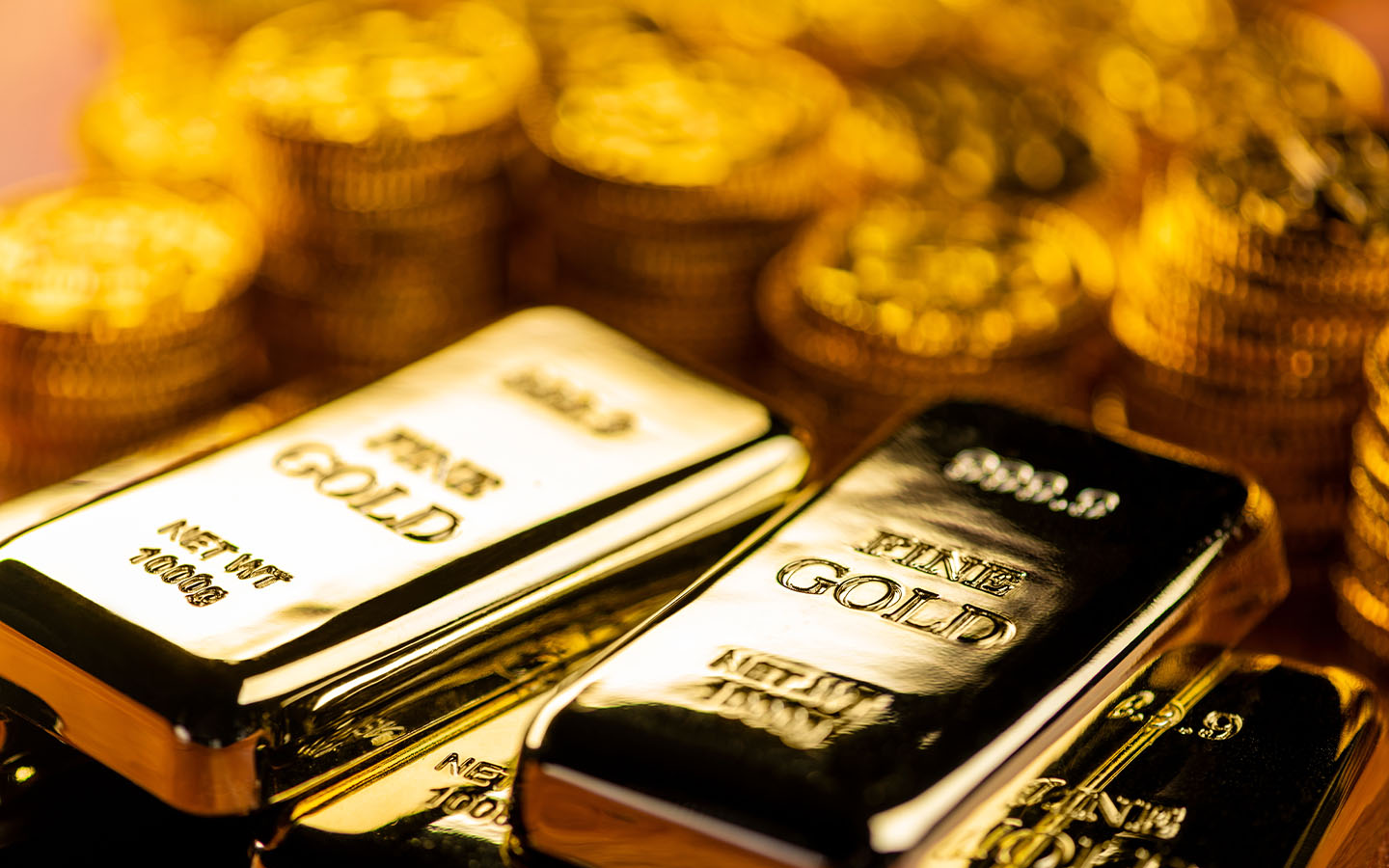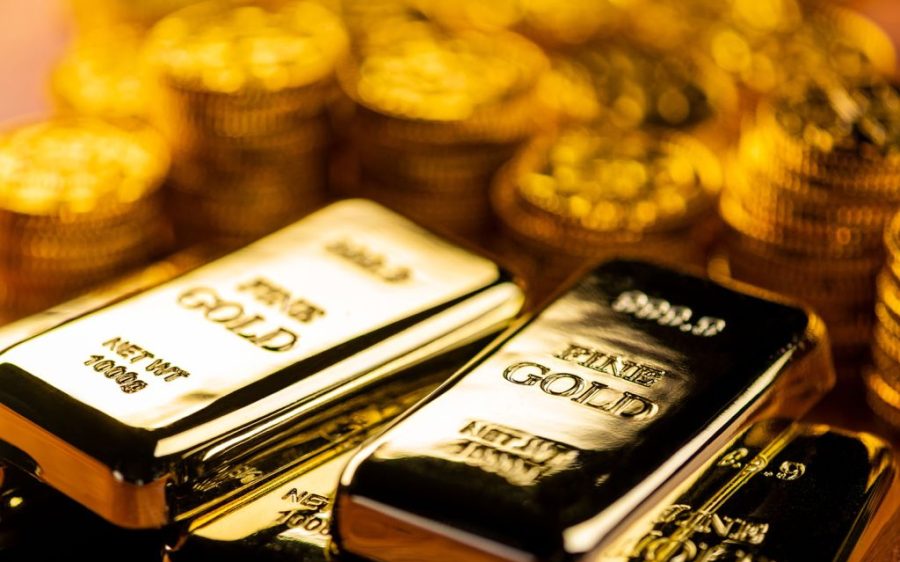Gold surpassed US$3,600 per troy ounce last week in a move investors say reflects budding anxiety. Despite being a non-yielding asset that doesn’t pay out a cash dividend, gold has traditionally been viewed as a safe-haven asset during periods of uncertainty. Besides money managers, central banks have been accumulating the precious metal amid concerns over rising inflationary expectation, a trend further fuelled by the introduction of reciprocal tariffs and ongoing geopolitical tensions this year.
Nervousness is visible elsewhere in the market. Global bond yields have risen as debt holders are demanding greater compensation for taking on extended duration risks, elevating yields which translate into higher borrowing and debt-servicing costs which weigh on profitability and dampen investment cycles.
Macro data has proven mostly resilient since the introduction of reciprocal tariffs back in April. However, economists are now flagging cracks that are beginning to appear. A weaker than expected jobs report out of the US has amplified those warning signs, with market strategists expecting an interest rate cut when the Federal Reserve meets next week.
[See more: Gold recycling machines are now a thing in Macao]
The tariff impacts are becoming more prevalent and pushing stagflation risks to the surface, note analysts at State Street Investment Management, underscoring the ongoing flight towards gold would likely extend its positive price trend. Even as a series of trade deals have been reached, no arrangement between the US and China has been brokered, calling into question the stability of the two economies which account for 45 percent of global GDP, the authors write.
Gold prices have surged nearly 40 percent this year, outperforming artificial intelligence technology stocks and notable cryptocurrencies. With the factors driving the rally still in place, few expect the trend to reverse anytime soon, with some seeing bullion moving up in the quarters ahead.
Continued dollar weakness should drive gold prices, says Goldman Sachs, arguing spot prices could inch closer to US$5,000 if private investors begin rotating out of US Treasuries as the Federal Reserve’s independence comes into question. Bitcoin, often viewed as a digital version of gold given shared characteristics like finite supply, has not rallied alongside the yellow metal, reflecting investor demand for low volatility assets and risk-off hedges, according to State Street.
Macao’s golden ties
Gold’s historical appeal can be measured over centuries as the pursuit of the valued asset has reshaped economic identities both near and far. Following the end of the Second World War, the Bretton Woods Agreement established a gold-backed monetary framework that fixed the price of gold and anchored global currencies to the US dollar in an effort to stabilise foreign exchange rates.
But through Portugal’s neutrality as a nonsignatory to the agreement, Macao stood outside the accord, explains Tim Simpson, associate professor at the University of Macao. In his book Betting on Macau, Simpson describes how for decades after the war, the southern Chinese peninsula emerged as a global hub for gold trading until Washington suspended bullion’s convertibility with the dollar, effectively ending Bretton Woods and integrating Macao into the global economic system.
[See more: Wartime Macao: Neutrality, refugees and riches]
Greenshoots of history are reemerging. According to the IMF, physical gold held by central banks are approximately at the same levels today as they were at the end of the Bretton Woods era, though they make up a smaller percentage of total assets. While tariff and debt policies may weaken the dollar in favour of bullion, few foresee gold replacing the greenback given the depth of the dollar’s liquidity and its central role in global market infrastructure.
Within the blockchain ecosystem, gold reserves have been used to back certain stablecoins, mirroring a Bretton Woods style moment, though these represent only a small fraction compared to the volume of US Treasuries supporting fiat-backed tokens. Yet, even as nascent demand for digital gold grows, Macao has shown that interest in its material counterpart never really lost its shine.






